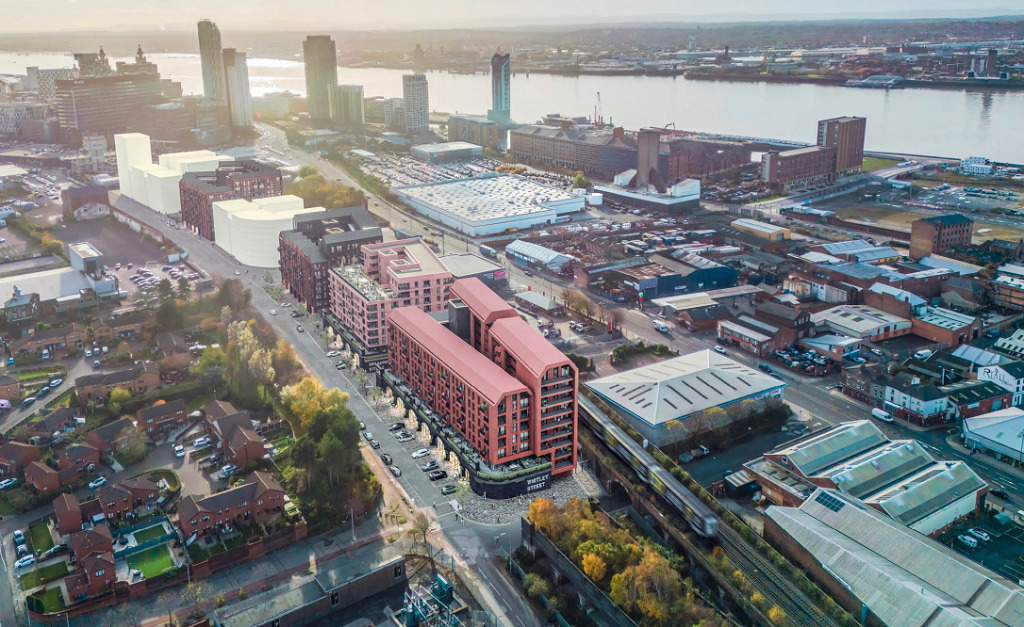RESOURCE | The UK’s unhealthiest high streets: what can we do as town planners?
 Following a report published this week by The Royal Society for Public Health naming Preston as having “the most unhealthiest High Street”, this got me thinking about what town planners could actually do to turn this around, writes Dan Mitchell of Barton Willmore.
Following a report published this week by The Royal Society for Public Health naming Preston as having “the most unhealthiest High Street”, this got me thinking about what town planners could actually do to turn this around, writes Dan Mitchell of Barton Willmore.
So, how did they reach this conclusion in the first place? The Society assessed 70 areas in the UK according to the types of businesses found there. Bookmakers, loan shops, tanning salons and fast-food outlets were viewed as having a “negative impact” on public health, while outlets such as independent shops, leisure centres and health services were deemed positive.
2,000 members of the public, public health and local government experts were involved in scoring businesses on the extent to which they encouraged healthy choices, promoted social interaction, provided access to health advice and promoted positive mental wellbeing.
For us in the north of England, the research found that our towns and cities (and those in the Midlands) were more likely to have higher concentrations of businesses which were deemed potentially harmful to the public’s health, although I must point out that the organisation’s chief executive, Shirley Cramer, said the table highlighted trends and was not a reflection on whether each area was generally healthy or unhealthy. Shrewsbury in Shropshire was ranked as having the “healthiest” High Street, with the northern city of Carlisle in sixth place.
Having spent much of my career working in towns and cities in the North, the report is probably fair game. Some of our High Streets are now littered with some pretty awful retail outlets, particularly in secondary retail locations outside the main centres. Preston labels itself as the third city in the North-West, it is therefore probably time it upped its game in the High Street.
So, how can our towns redeem themselves and how can we help? The Society has called for a limit of 5% of each “unhealthy” type of business on a High Street and that local authorities should be given more planning powers to limit the numbers of certain types of businesses on High Streets.
This could be a positive step forward, but enforceable, I doubt it. Just visiting some of the towns around Greater Manchester, we can see a number of payday loan shops, tanning salons, gaming and betting shops saturating the High Streets. Whilst they obviously have their customers, it really is a bit of a sorry sight in terms of choice and encouraging positivity.
But can the planning system help turnaround what is a particularly dire situation in some centres? Mary Portas has certainly tried, but as she states in a piece she wrote last year, planning has been at the heart of a lot of the problems our High Streets are facing, and Local Planning Authorities (LPAs) are still a major area of concern.
It is easy for the “Queen of Shops” to have a go at local authorities, but yes, I think planning can help turn things around, but we must all work together if we are to create a positive change in town centres. We must take in to account that shopping and leisure habits are radically changing and address people’s needs. Planning measures need to make it easier to switch to Uses that create a more diverse High Street offer, including cafes, libraries, health centres and gyms; this would also surely assist with the decline of the High Street too.
I know there is no quick fix and the issues affecting the High Street go deeper than just opening up “better” shops, but we really need to make more of an effort to turn our towns and cities around and create a good balance of leisure facilities, High Street stores as well as attractive independent shops. People want more choice and range, more desirable places to shop and commune, let us at least try!
This article was originally published through Place Resources




